
The World Wildlife Fund teamed up with photographer Will Burrard-Lucas to photograph African animals that typically stay far away from humans—especially humans with cameras.
“We spent around two weeks in the field and I was driving around trying to get photos in a traditional sense, but it quickly became apparent that these animals have learned that the only way to survive is to avoid humans,” Burrard-Lucas says.
The photographer set up camera trap equipment that wouldn’t disturb the animals in order to get photos that seemed impossible to take. Burrard-Lucas managed to use low-light photography to capture images of lions, bush pigs, elephants and more wild animals native to the Namibia region of the Kavango Zambezi Transfrontier Conservation Area, known as KAZA.
“This is truly wild Africa and you have to work a lot harder to get the photos, but it’s so rewarding,” he says.

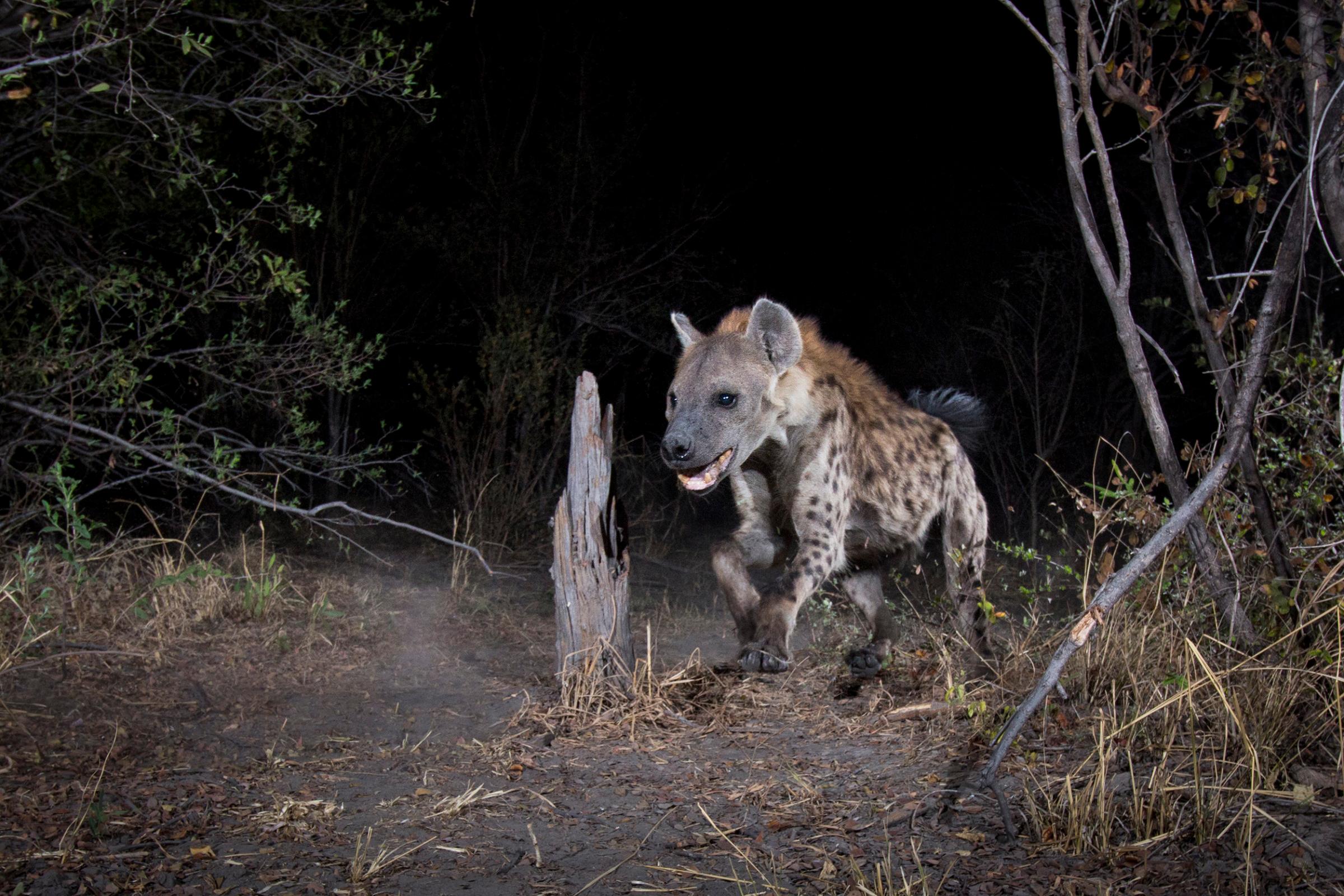
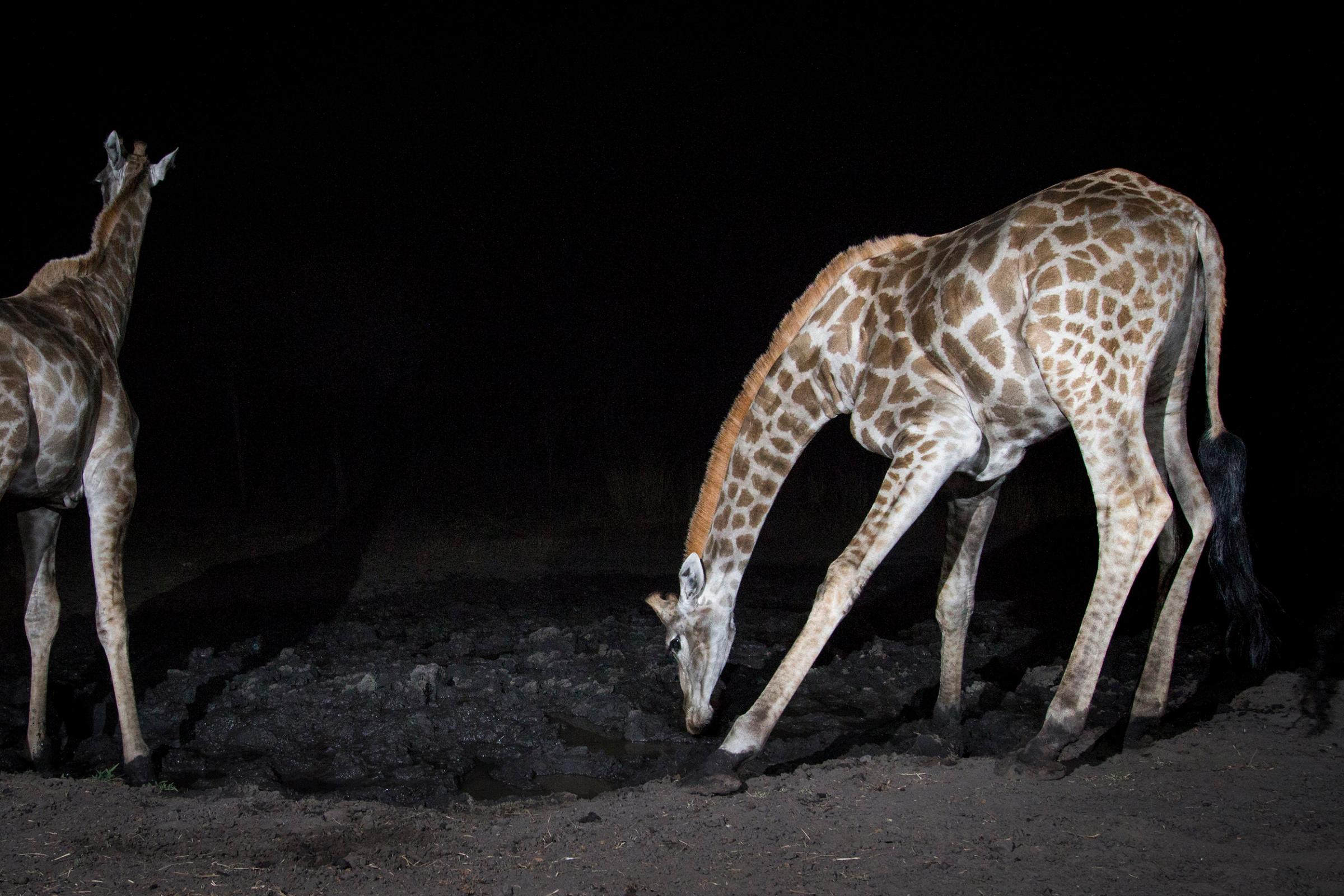

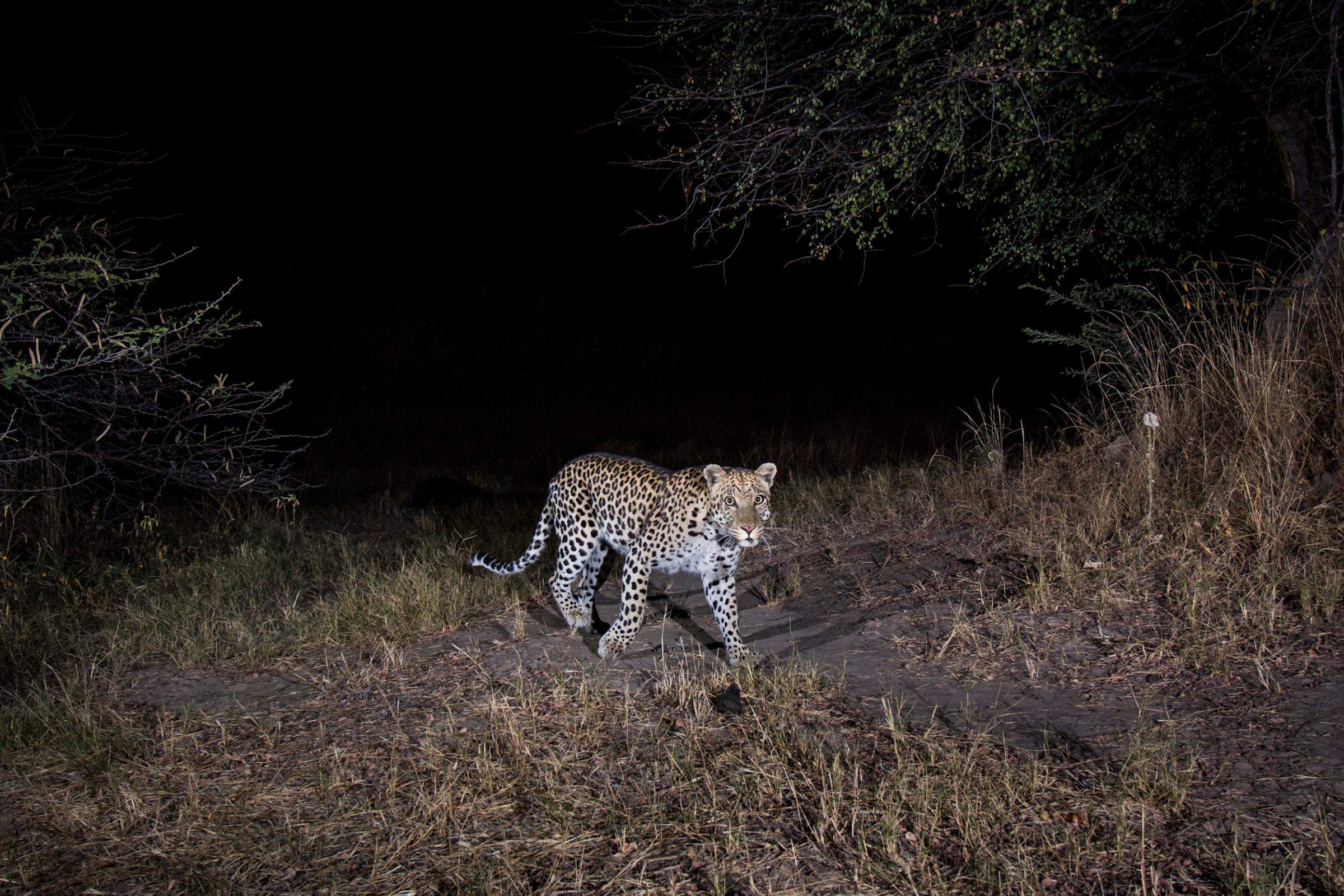

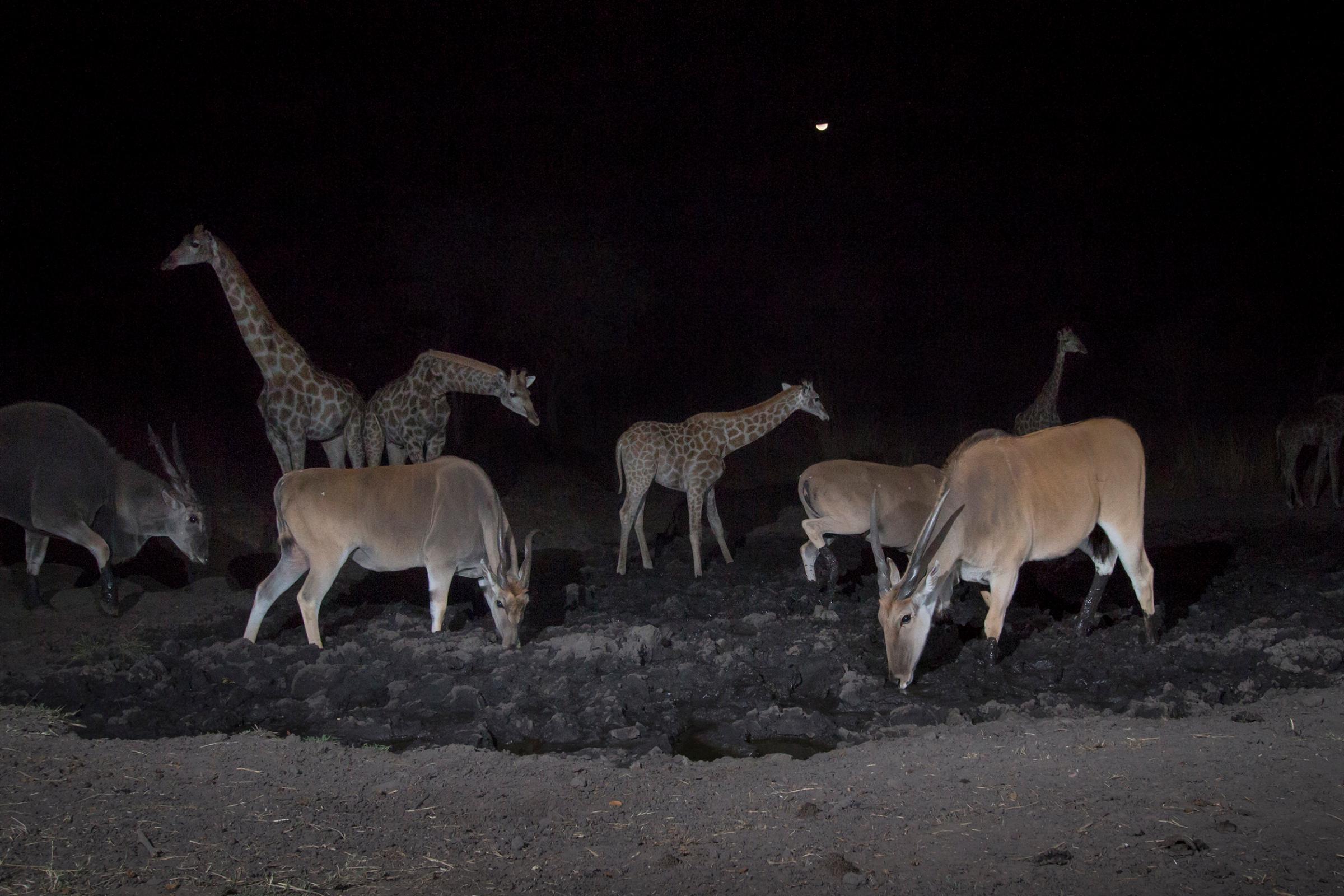


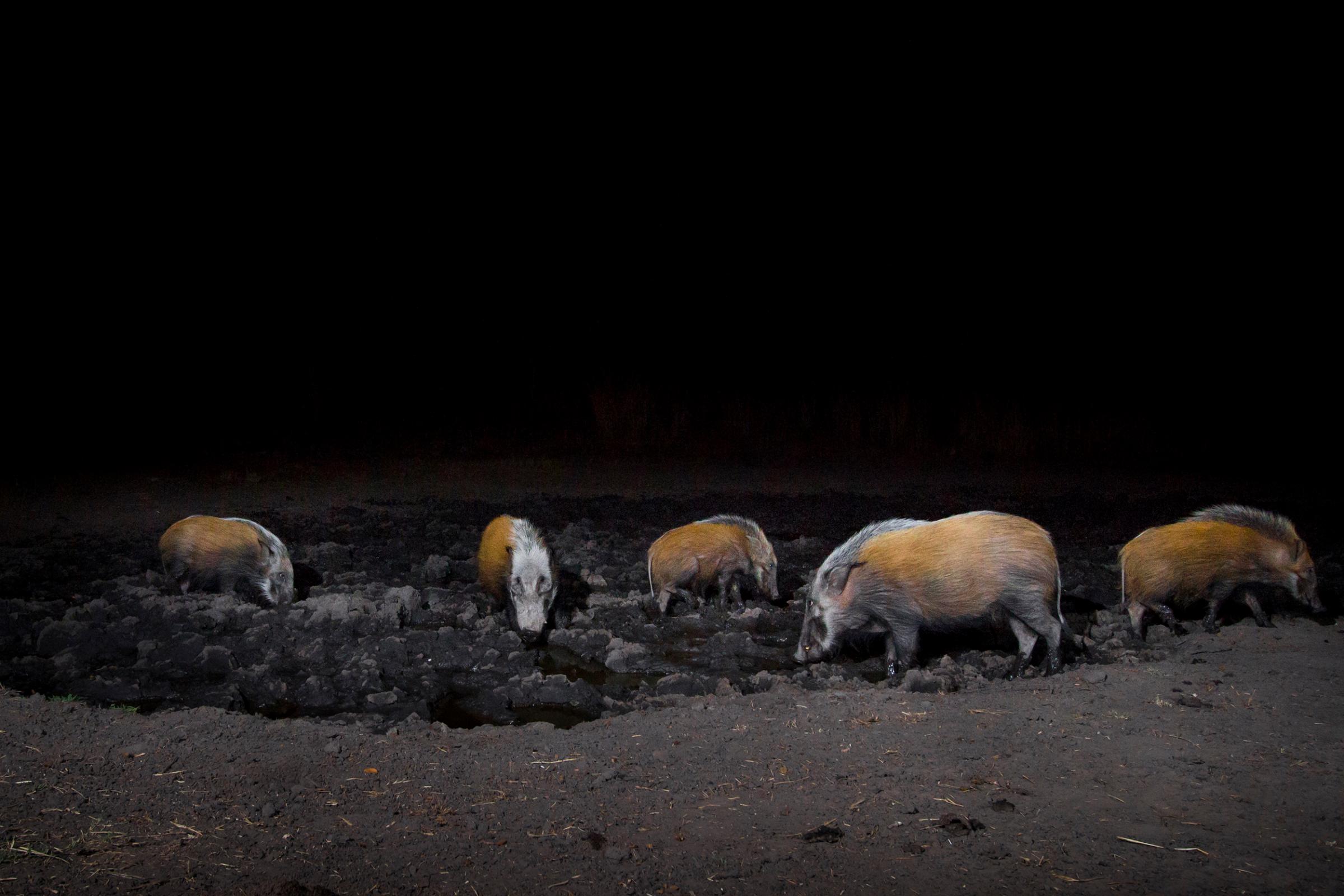
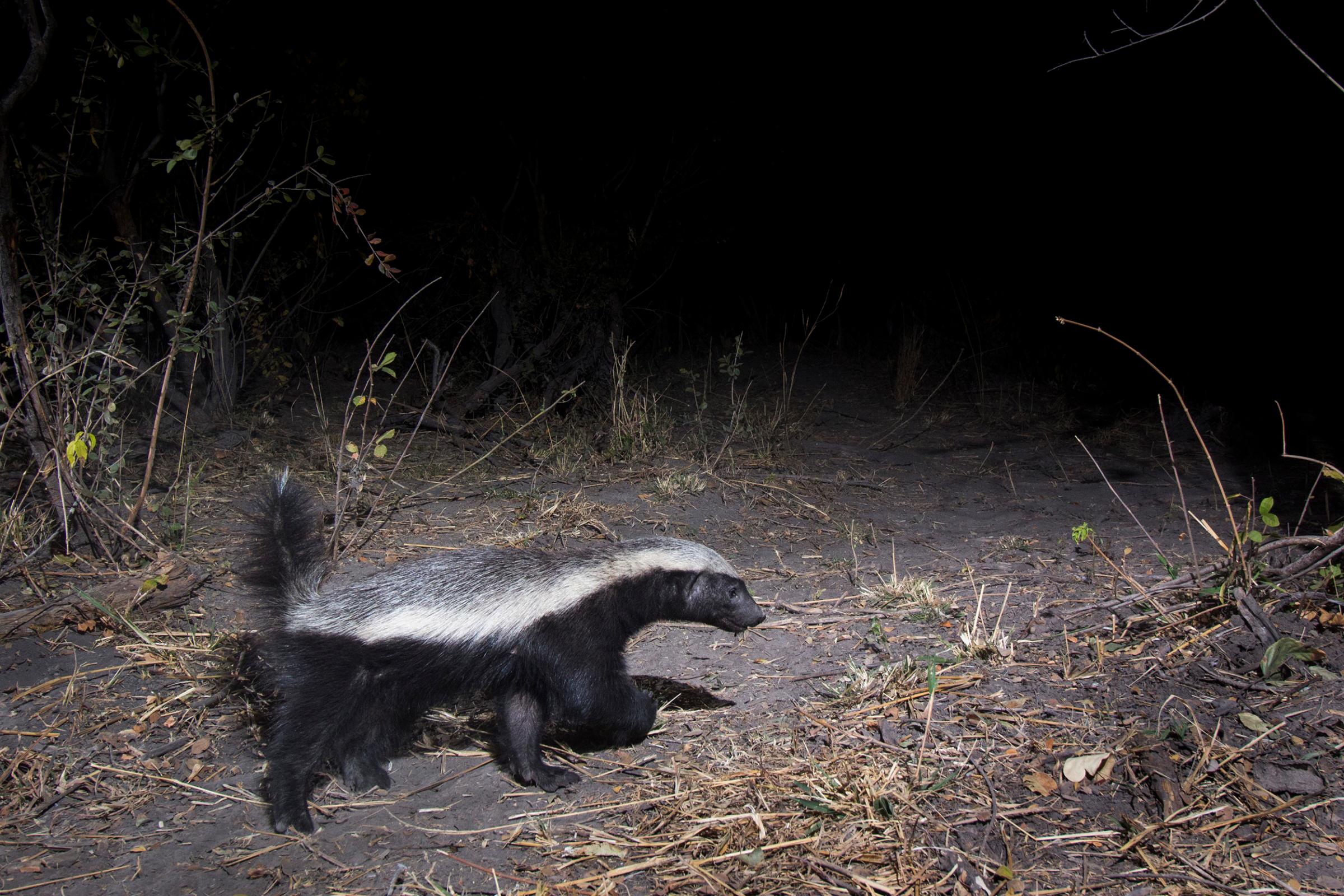
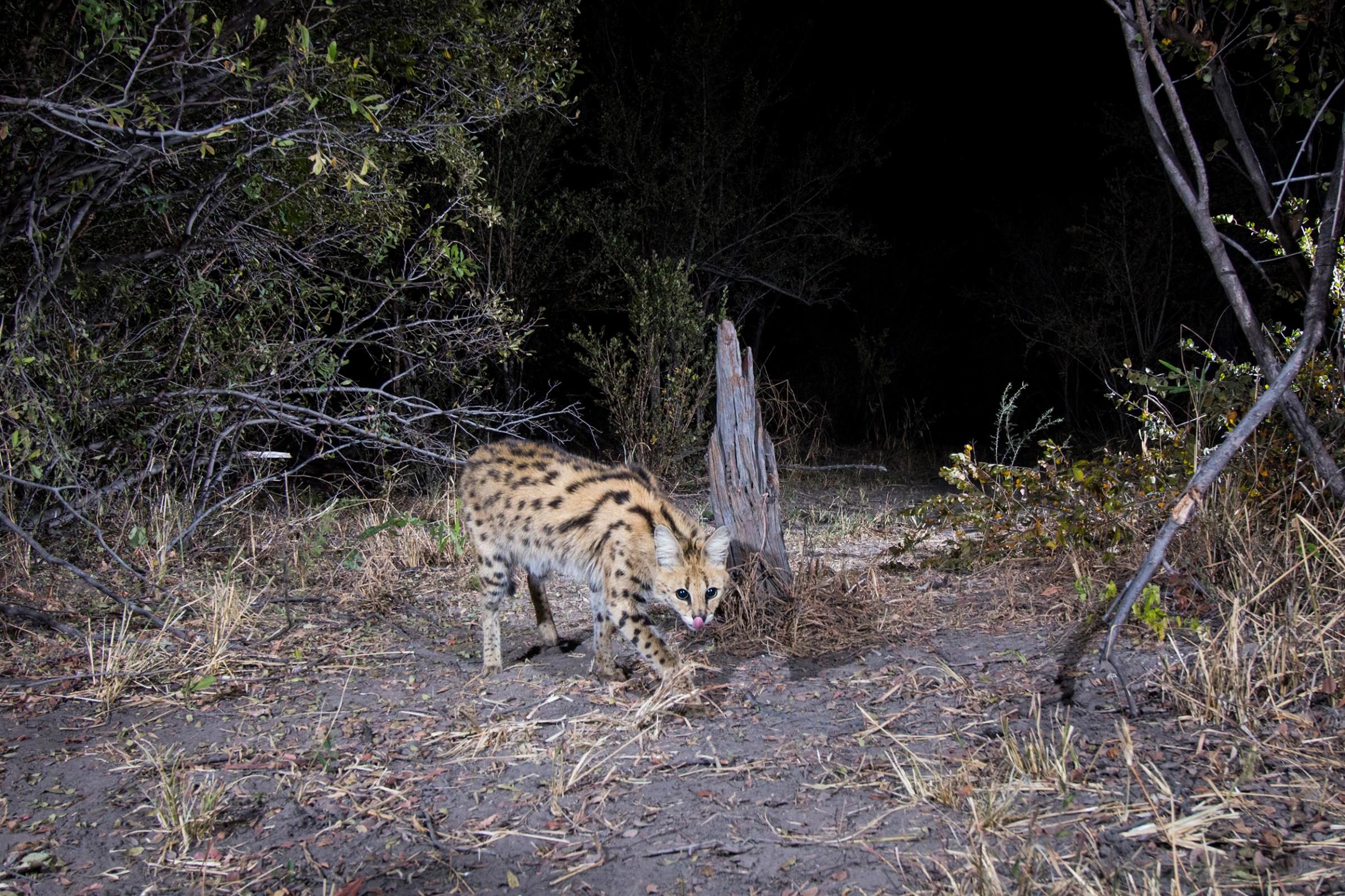
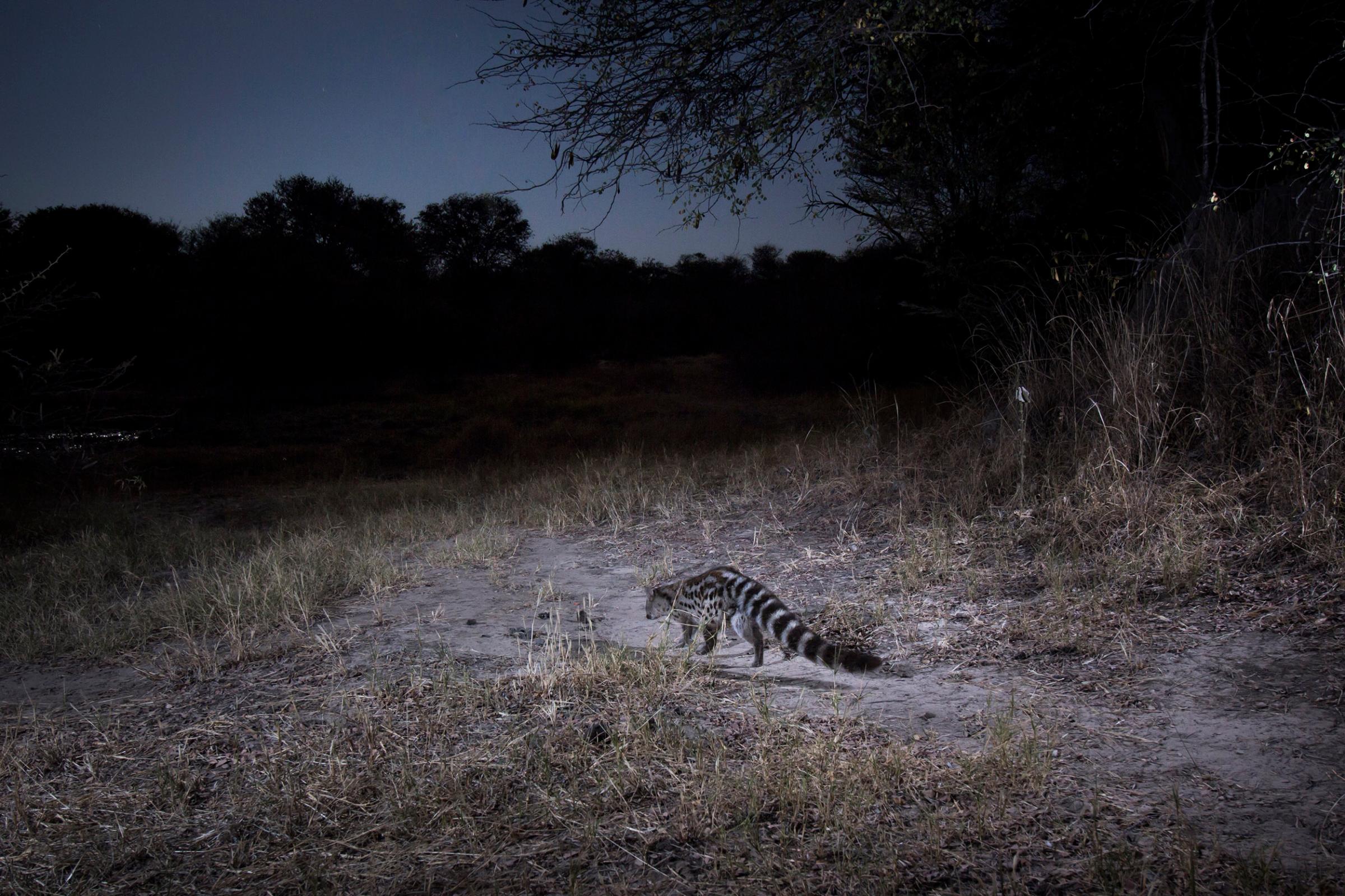
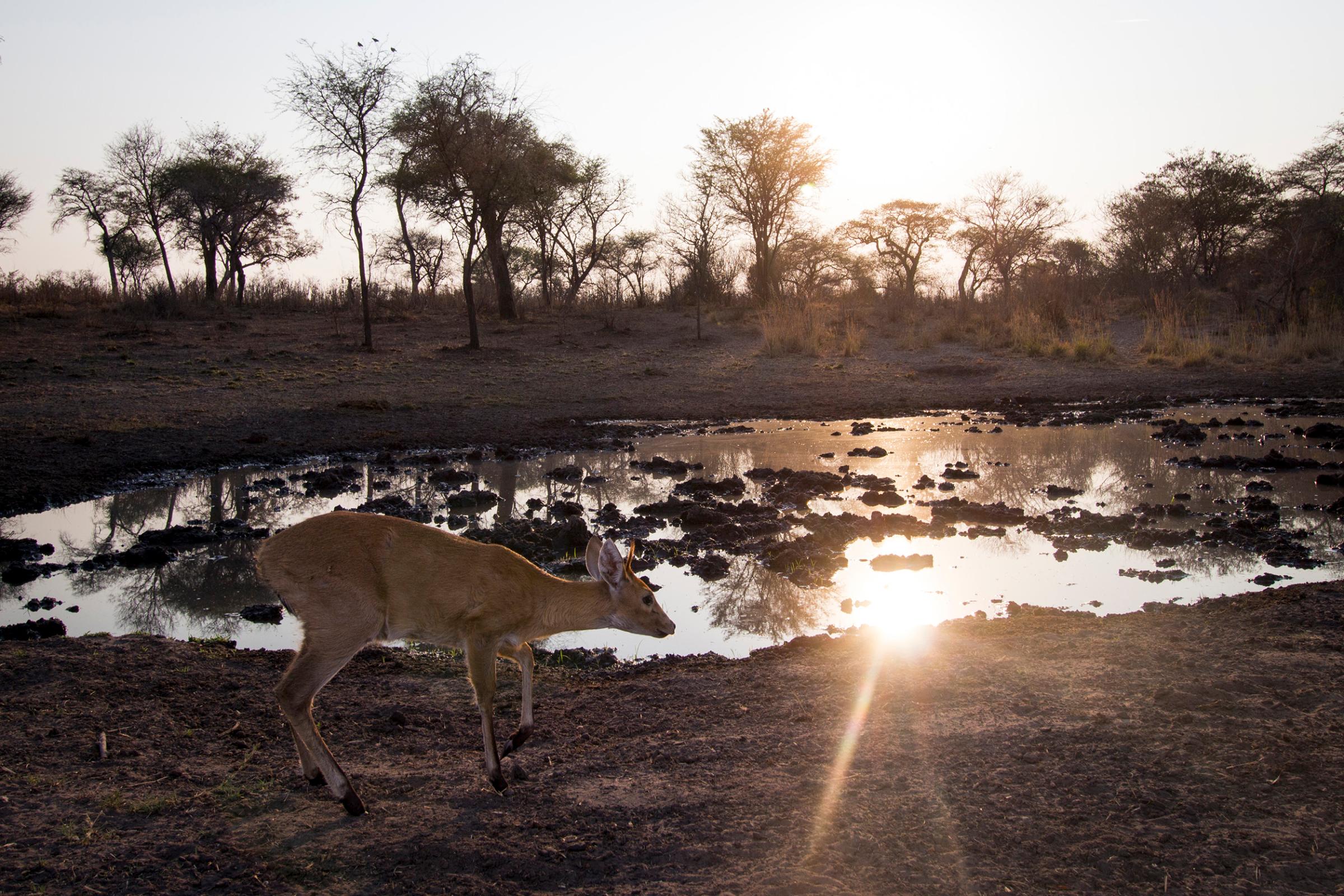
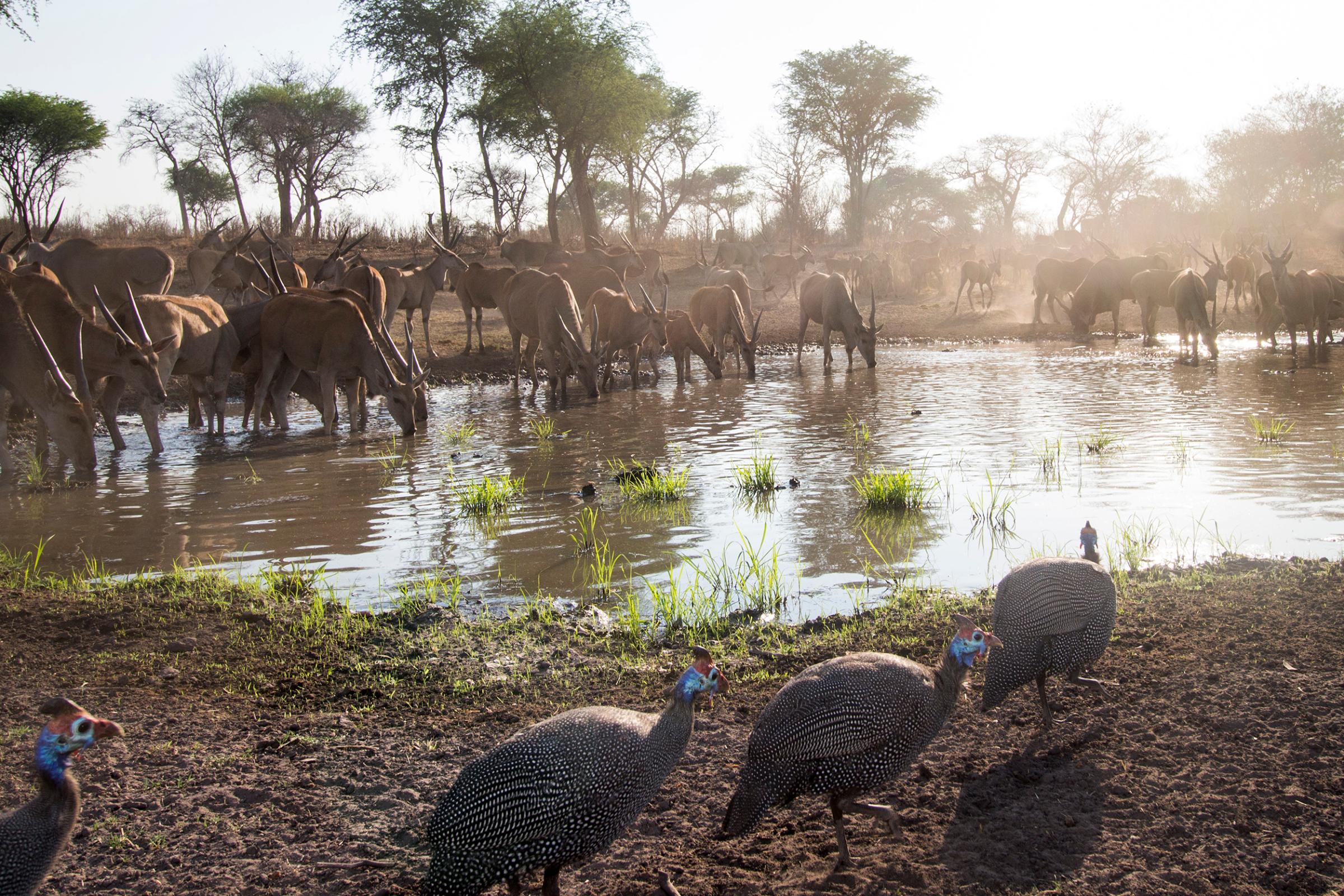
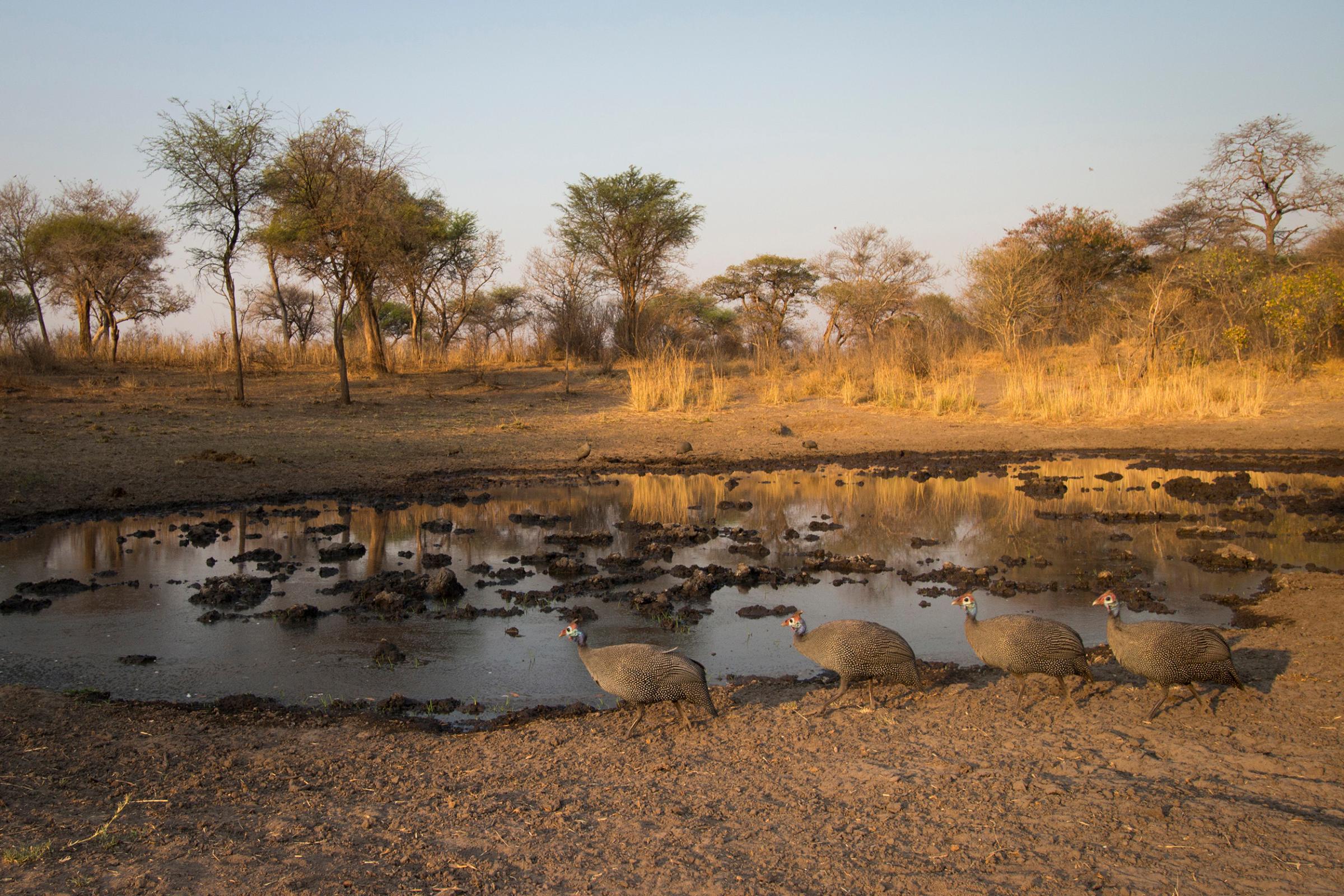

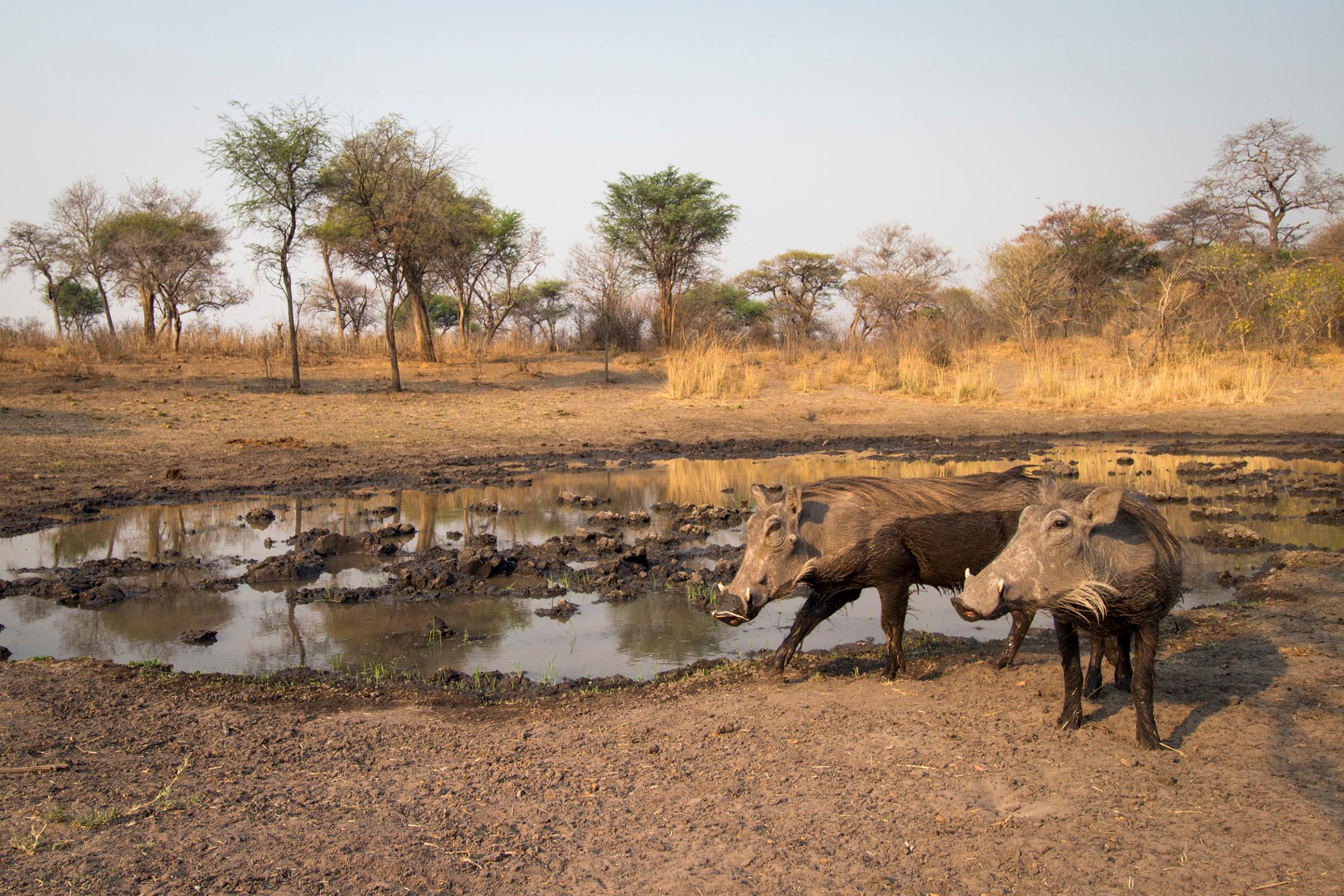
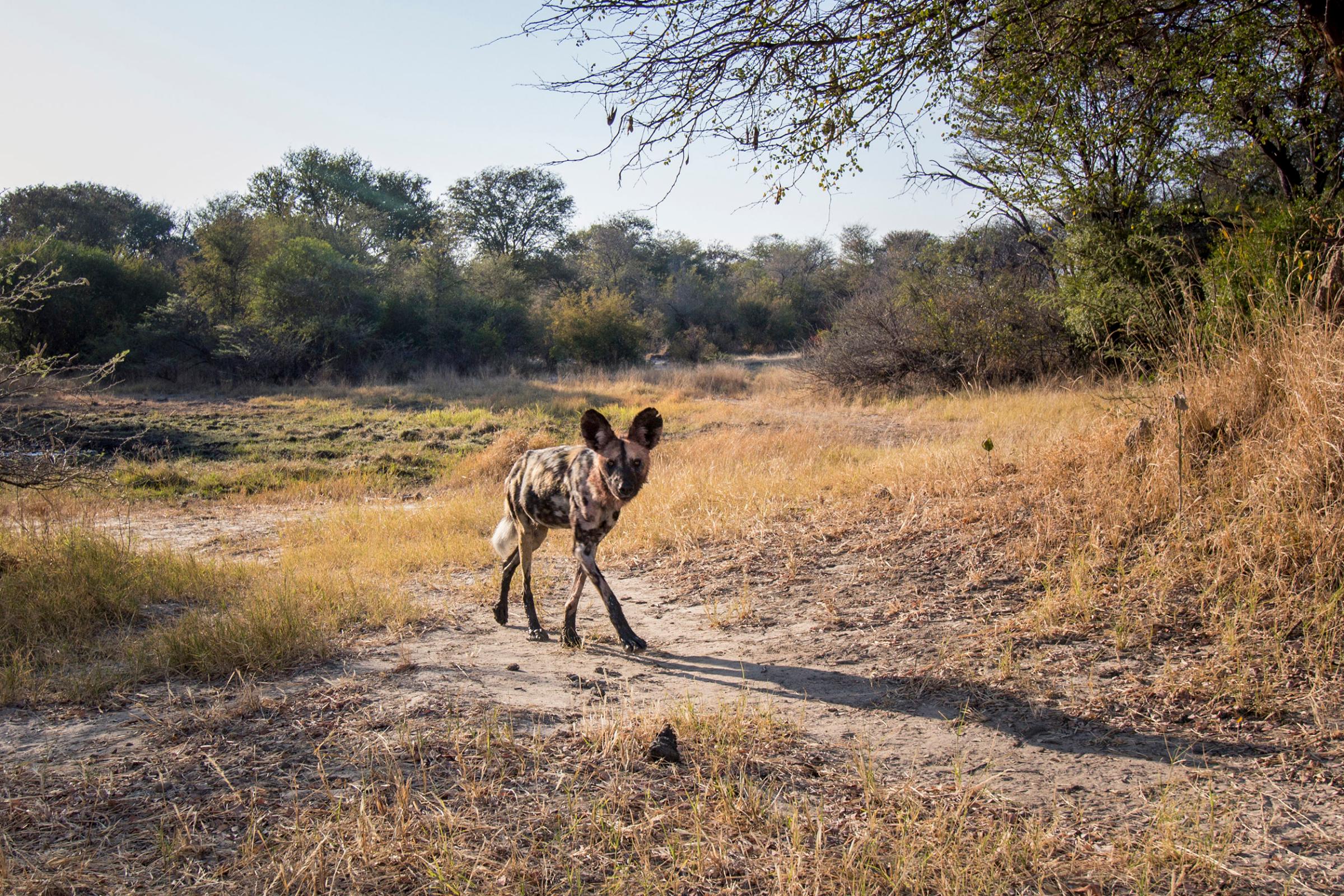
More Must-Reads from TIME
- Cybersecurity Experts Are Sounding the Alarm on DOGE
- Meet the 2025 Women of the Year
- The Harsh Truth About Disability Inclusion
- Why Do More Young Adults Have Cancer?
- Colman Domingo Leads With Radical Love
- How to Get Better at Doing Things Alone
- Michelle Zauner Stares Down the Darkness
Contact us at letters@time.com